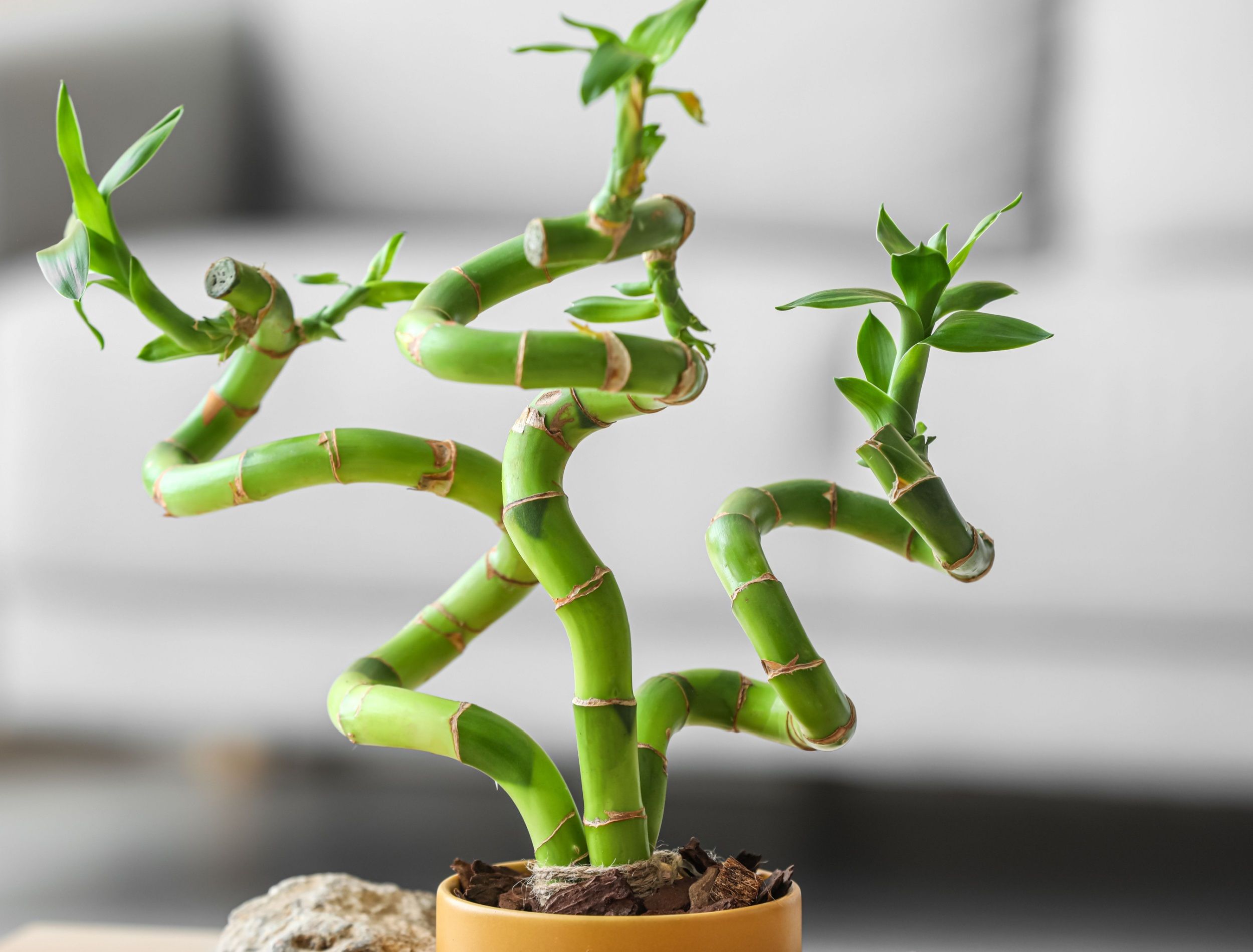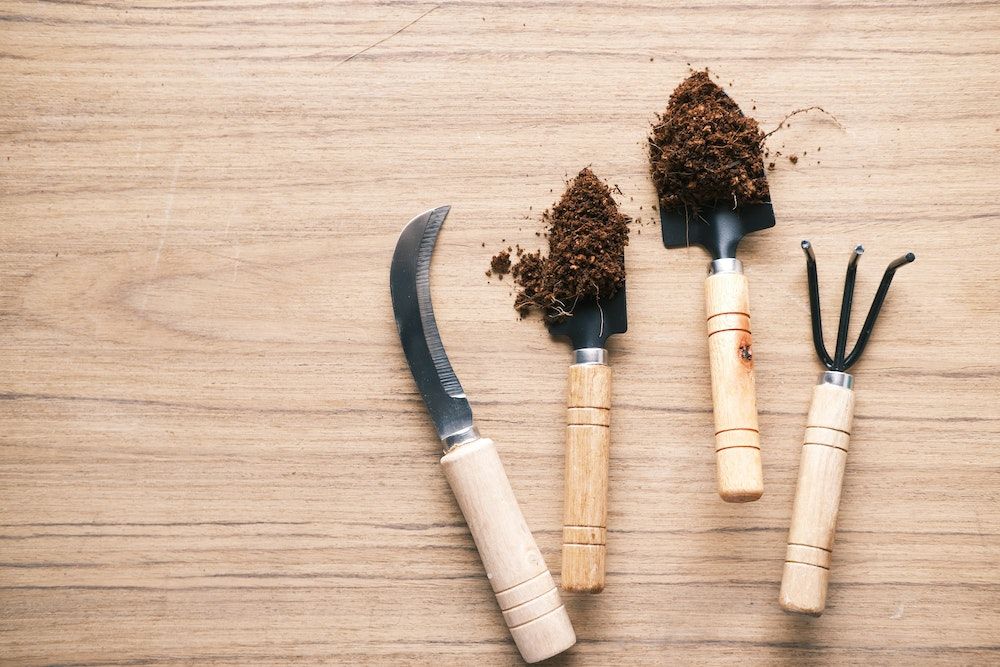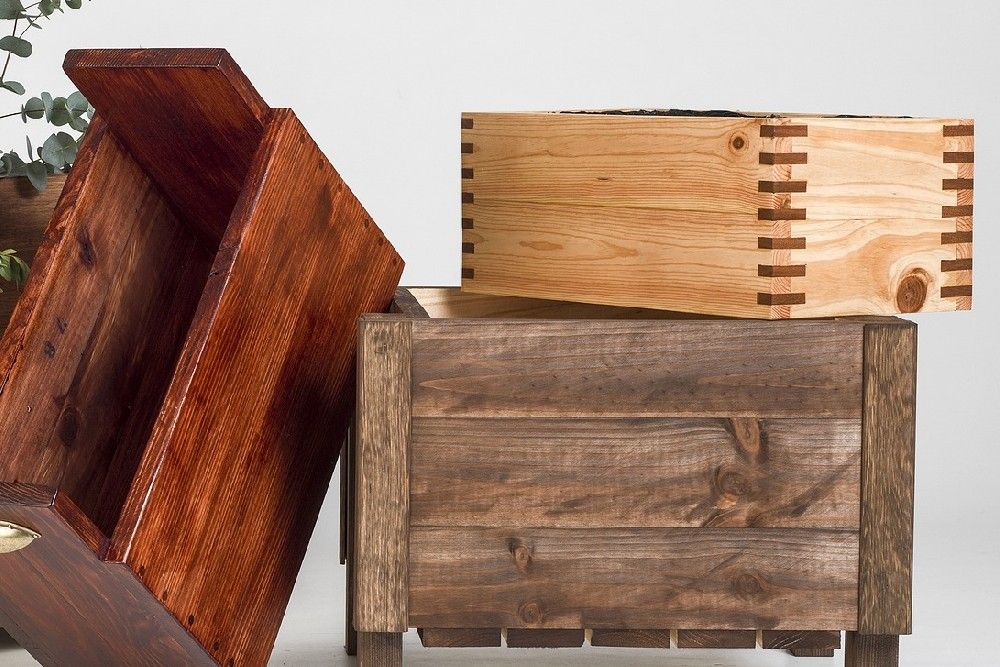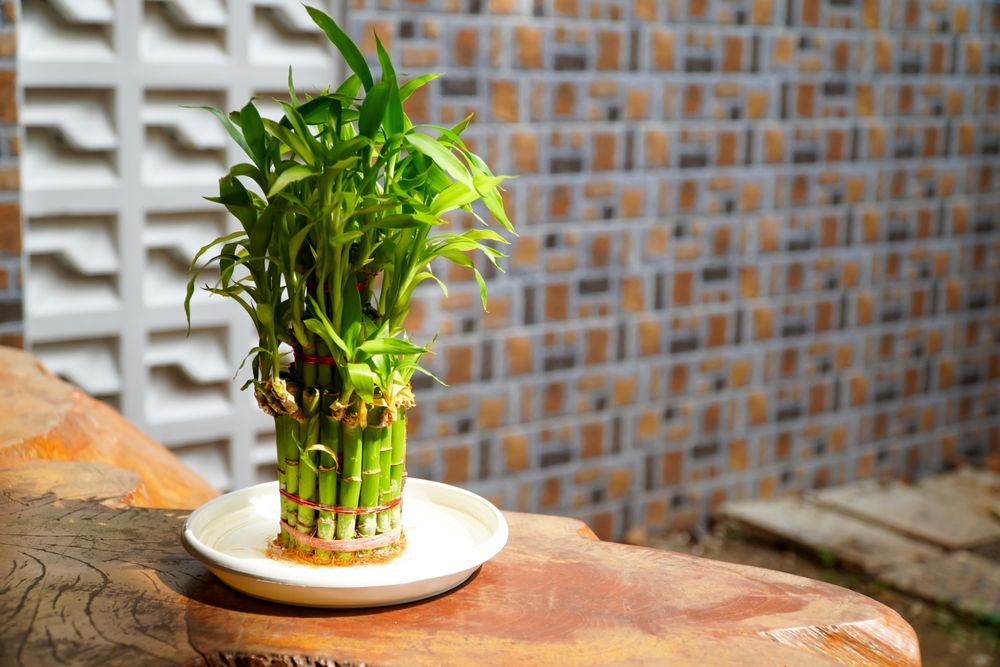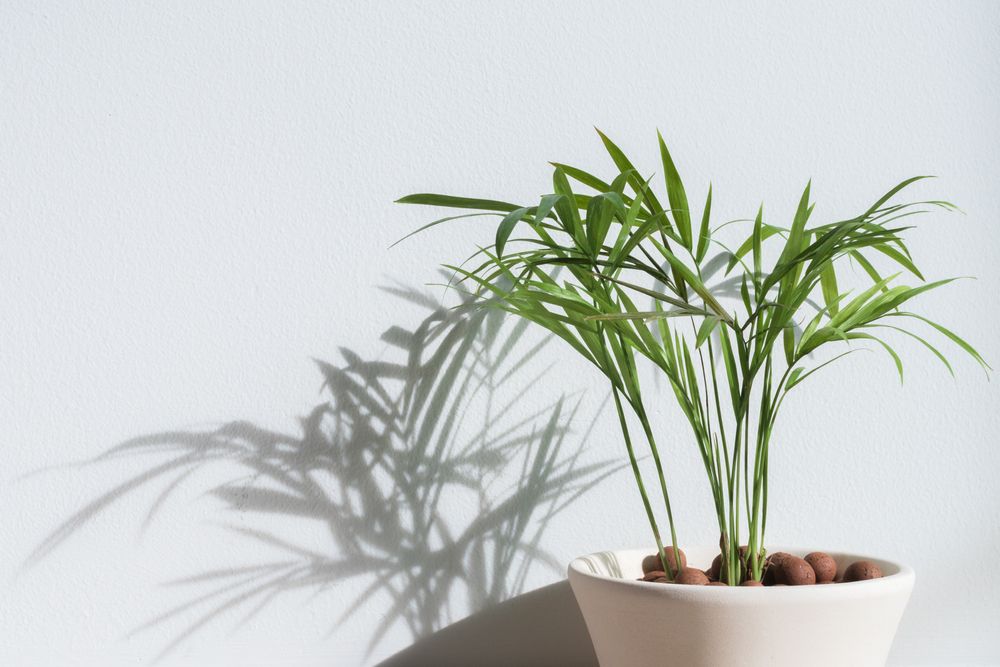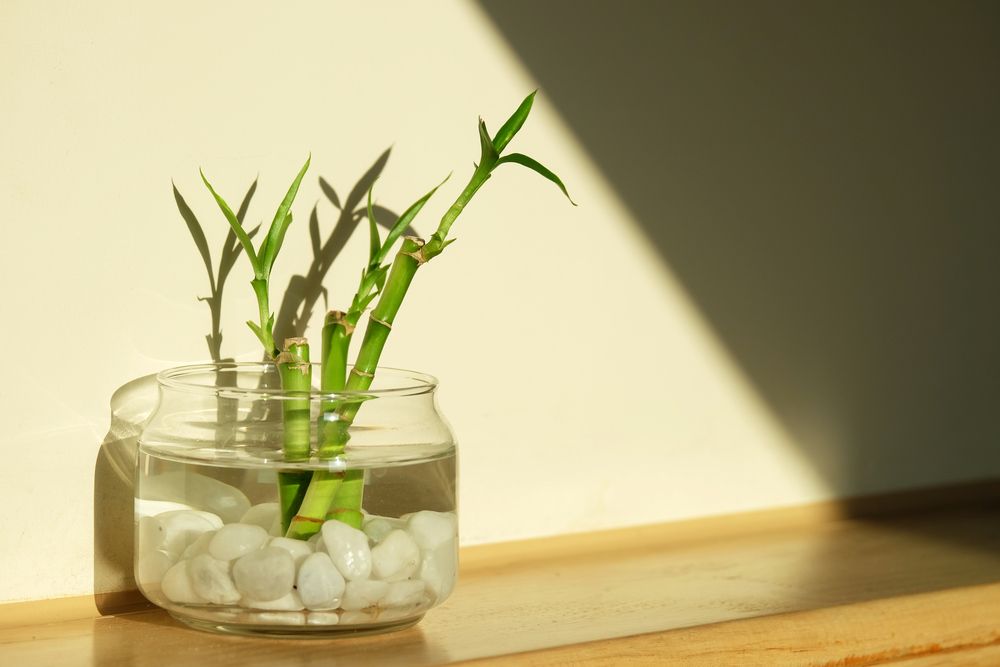Bamboo is a dramatic plant belonging to the Poaceae family of grasses. They are vigorous growers that can add texture and brilliance to your space. When growing bamboo at home, you can choose stems of varying height, color, and foliage type. They are also broadly classified into running (spreading) and clumping (non-spreading) varieties.
Bamboo looks beautiful in pots and containers for adding structure and movement to your plant displays. You can place these tall and narrow plants on patios, balconies, and other areas where space is premium. So, here is how you can grow bamboo in pots.
Materials Needed
Image credits: Towfiqu barbhuiya via Pexels
Here is all you will need to grow bamboo in pots successfully
- Large, sturdy container
- Broken pottery, rocks, or gravel
- Potting soil
- Bamboo seedling
- Liquid fertilizer
- Pruning shears
Step 1 - Choose the Variety
Image credits: goodjun via Pixabay
There are plenty of bamboo varieties that you can grow successfully at home but opt for bamboo that do not grow very tall.
Fargesia murieliae 'Luca' grows about ½ foot tall and spreads slowly, making it ideal for container planting. Fargesia rufa 'Sunset Glow' is another clumping variety with slender canes that look graceful, shooting upwards from the pot. If you want something with a little spread, grow Phyllostachys edulis 'Moso' cultivar, a moderately spreading bamboo.
Step 2 - Look for Appropriate Pots
Image credits: angel6000 via Pixabay
Since bamboo grows into tall canes, it needs the proper containers, which must always be sturdy. Select a container that will support the weight of the plant, control the spread of rhizomes, and not topple over in the wind. Bamboo roots, mainly, are strong enough to break through normal planters. Hence, choose a solid and large pot, such as a galvanized tank or robust wooden planter.
The container should be at least 18 inches deep and across with drainage holes. If there are no holes you can drill them yourself at the base.
Step 3 - Determine the Location
Image credits: Lakhsmie via Shutterstock
Before planting bamboo, determine the perfect location with optimum conditions to grow your plant. While outdoor bamboos require at least four hours of daily sunlight, those grown indoors can without up to 16 hours of indirect, bright sunlight. So, place it on a sunny windowsill so you can admire it! Some genera, such as Fergesia and Sasa, perform well in light to moderate shade.
If placed outdoors, bamboos need shelter against the wind, especially the smaller newly planted ones. Trying to place it up against the side of the house or nestled in a secure area. Indoors, keep them away from air conditioners, heating vents, or any window that lets in a draft (hot and cold).
Finally, most of these tropical plants prefer warmer temperatures, between 65 and 90 degrees Fahrenheit, and are hardy to zones 6 through 9. However, a few cold-tolerant varieties can withstand zones as low as 5. 'Fountain Bamboo,' 'Scabrida Bamboo,' and 'Sunset Glow,' are great bamboo varieties if you experience a cold winter.
Step 4 - Planting in Pots
Image credits: Jirayu Chaichomlert via Shutterstock
When it comes to planting bamboo, make sure you have well-draining soil and the necessary amendments such as perlite, to promote proper drainage. Your plant will not respond kindly to sitting in water.
You'll want to fill the container with enriched potting soil or peat-free potting compost, and a soil improver creating the perfect environment for your plant. Also, bamboo does well in slightly acidic soil between pH 6 to 6.5.
To start, remove your bamboo seedling from its original container while gently pulling the roots out of its home. In the new container, dig a hole deep enough so that root ball can sit at a similar depth as it was previously. Place the seedling into the hole, fill the soil around the root ball, press it firmly, and water thoroughly.
Step 5 - Ongoing Care
Image credits: Michael Mong via Shutterstock
Practice the following care tips for your bamboo plant to continue growing and exhibit its attractive canes and showy foliage.
Water
Newly planted bamboo requires frequent, liberal watering, about twice a week during mild weather and more often during hot or windy climates.
Bamboo plants in under 5-gallon pots can drink up to a gallon of water, while more than 5-gallon size may require more than 1 gallon. Insufficient watering in the early days can lead to poor growth or failure of this whimsical plant.
Once the plant reaches its desired height, you can cut back on the watering to about once per week. Ideally, use distilled water. If using tap water, allow it to sit for 24 hours before watering the plant.
Feeding
Similar to watering, the new plant can benefit from generous fertilizing for optimum growth. Feed the plant with a balanced liquid fertilizer during the growing season, from March through October.
Pruning
You need to prune the bamboo plant occasionally to keep it healthy and maintain its characteristic shape. Remove some of the lower foliage if you want to display the beautiful canes to improve the aesthetics of your interior or garden, and trim the top to contain the height.
Come spring, cut all dead, weak, or damaged canes, cutting them to ground level using sharp shears. You can also thin out the clumps in spring to allow better air circulation and light penetration.
Overwintering
Bamboos in containers placed outside need additional protection to survive the winters than those planted in the ground. Move the plant to a cold greenhouse or insulate the pots with bubble wrap when it gets colder. You can even bring the plant indoors. The ultimate goal is to prevent the roots from freezing.
Step 6 - Pests and Diseases
Image credits: aluxum via Canva
The most common pests that can attack your bamboo plant are spider mites and scale insects. Remove spider mites by wiping the leaves with a cotton swab soaked in rubbing alcohol solution. Use a soft toothbrush and soapy water to scrap them off for scale insects.
They are also susceptible to rust, which is a fungal disease. It manifests as spore-producing structures called pustules. They are yellow, orange, brown, black, and white and can cause leaves to turn yellow and fall off. The best way to tackle the disease is to pluck the affected leaves immediately.
Fun Fact: The bamboo plant symbolizes luck and prosperity and brings fortune when given as a gift!
Bamboo: the Beacon of Luck and Prosperity
Bamboo is a versatile plant that is a highlighting feature of any contemporary garden. They can also function as screens for privacy and against traffic noise to create a tranquil environment. As long as you water them during dry spells, feed them timely, and overwinter them as the temperatures drop, the plant will last you a long time.
So, start planting bamboo and share your experience, thoughts, and questions in the comments below!

